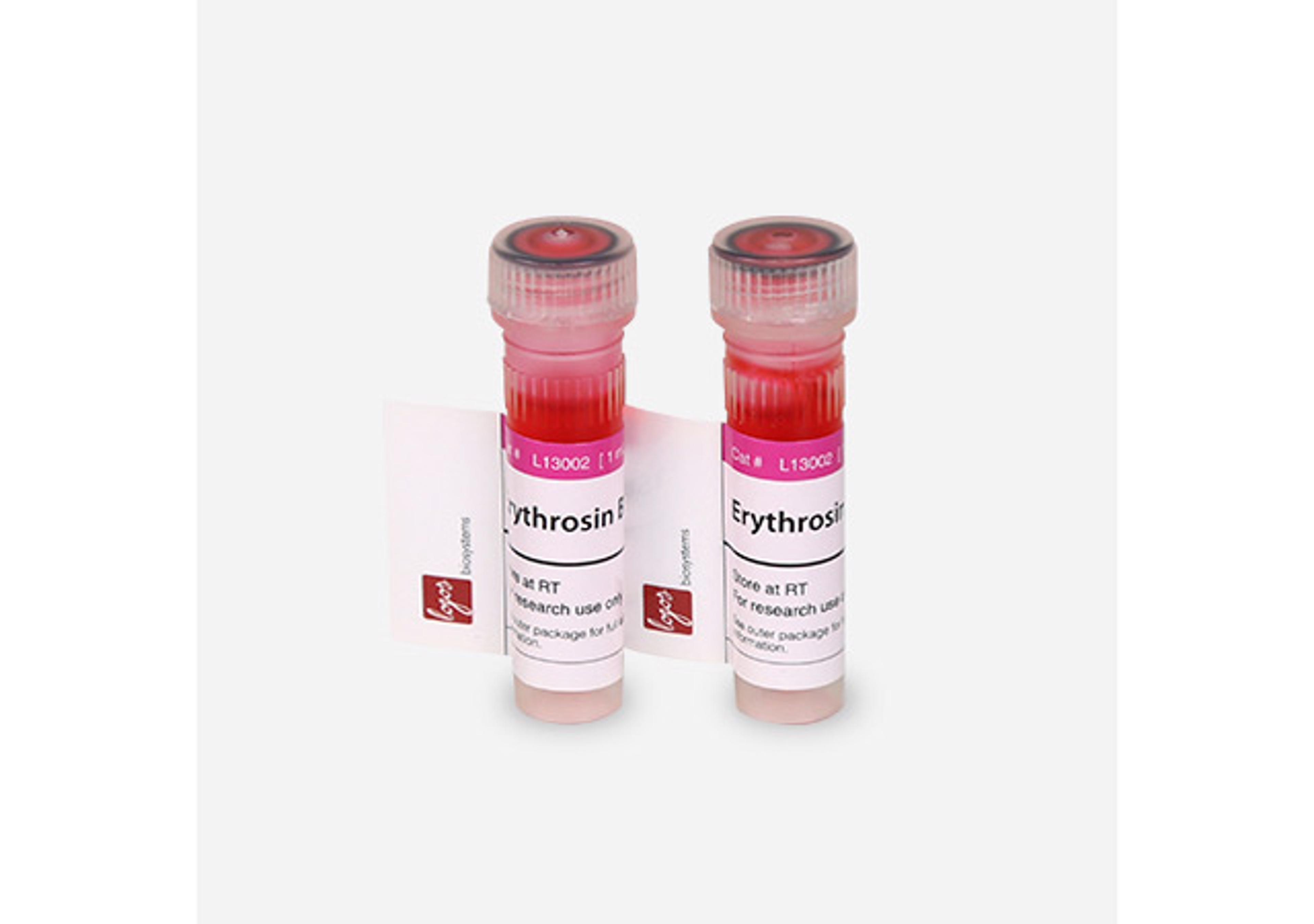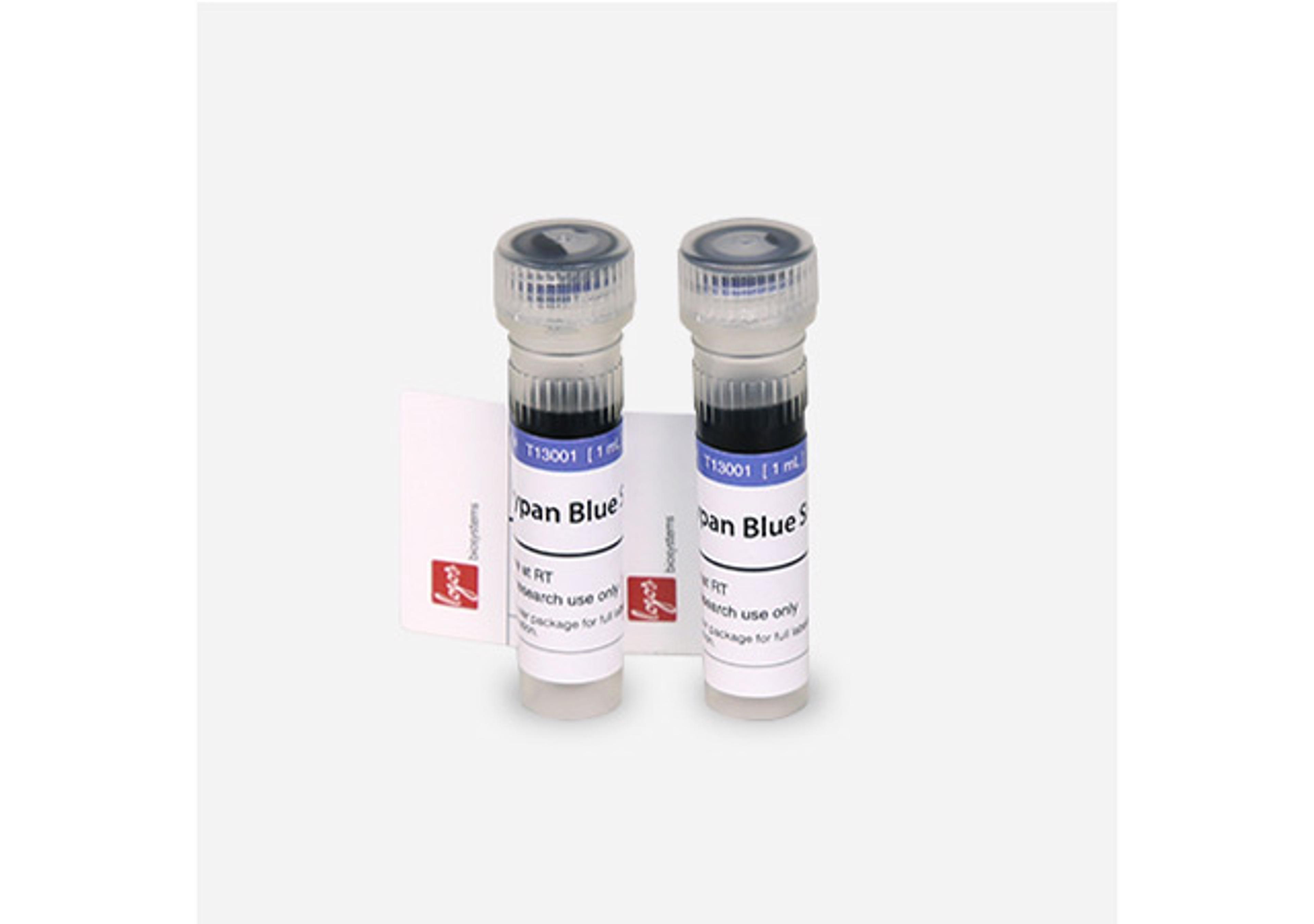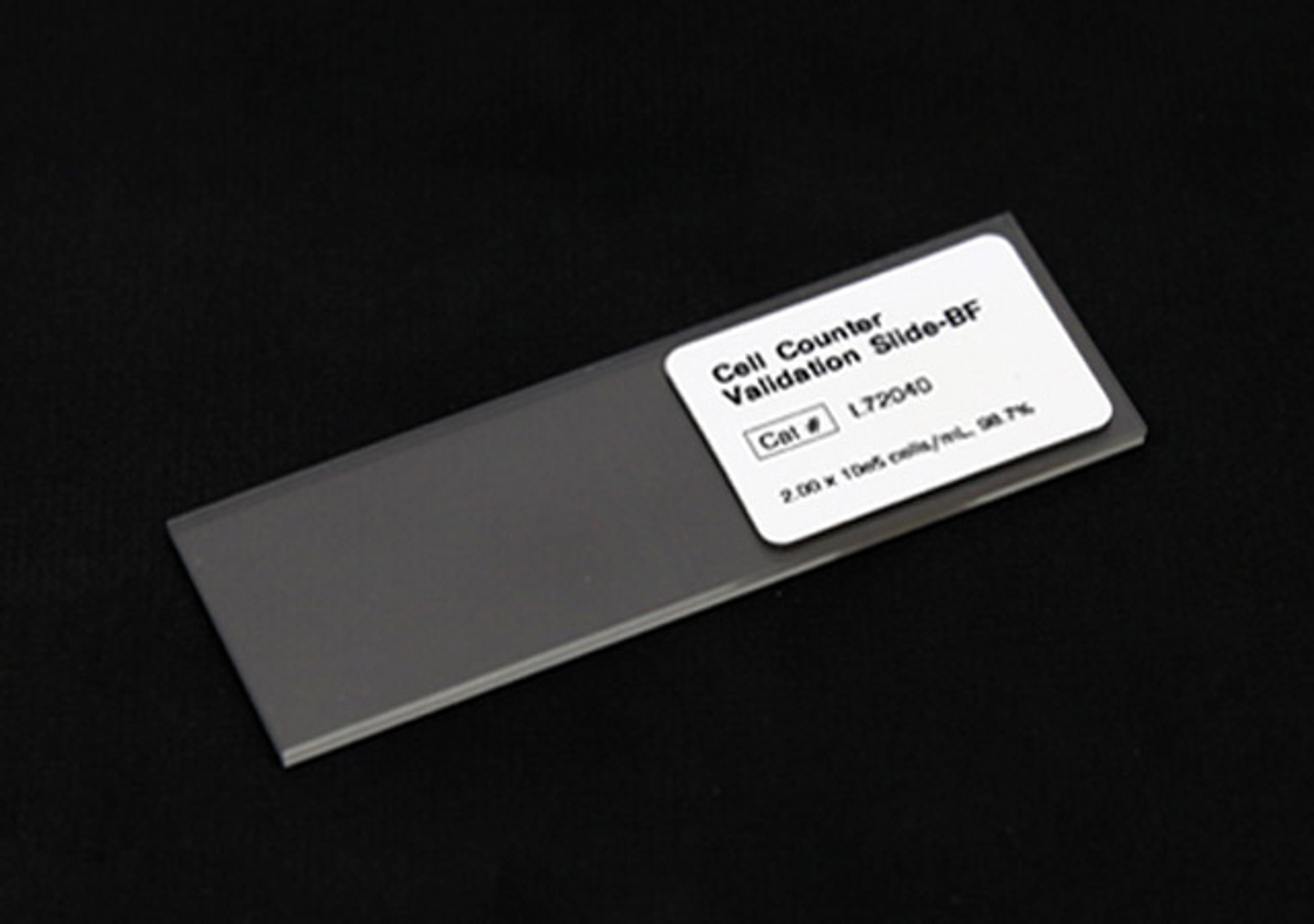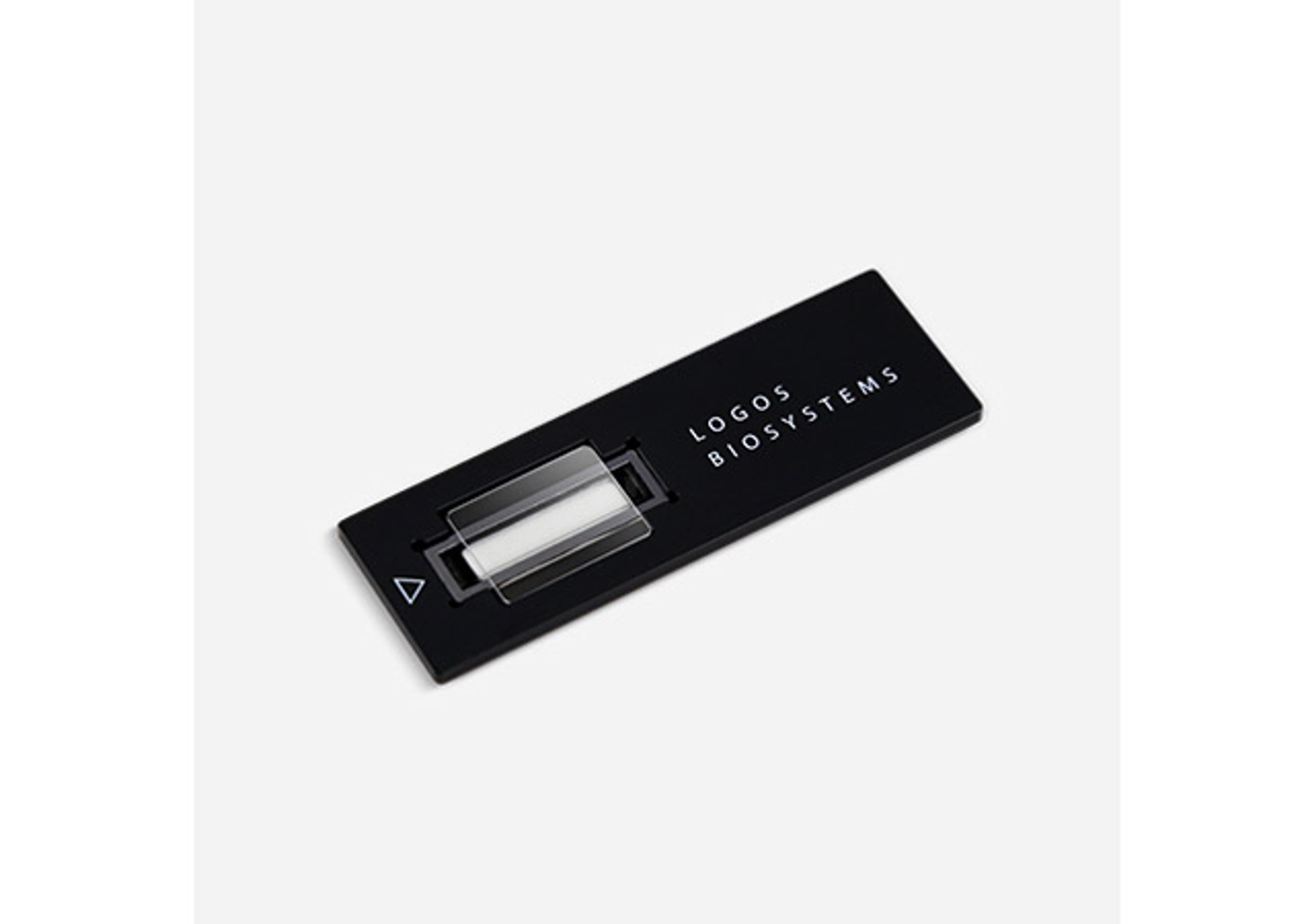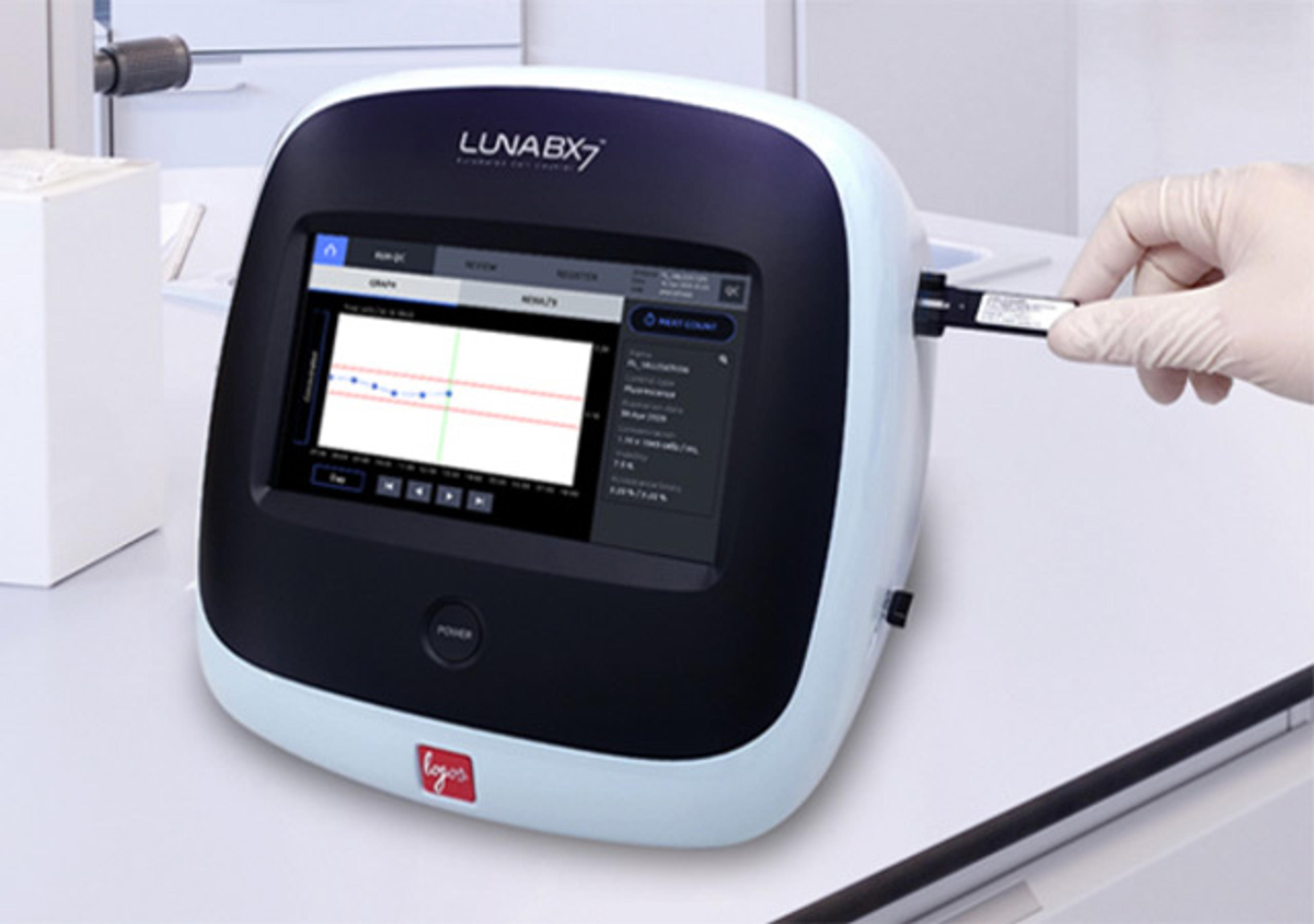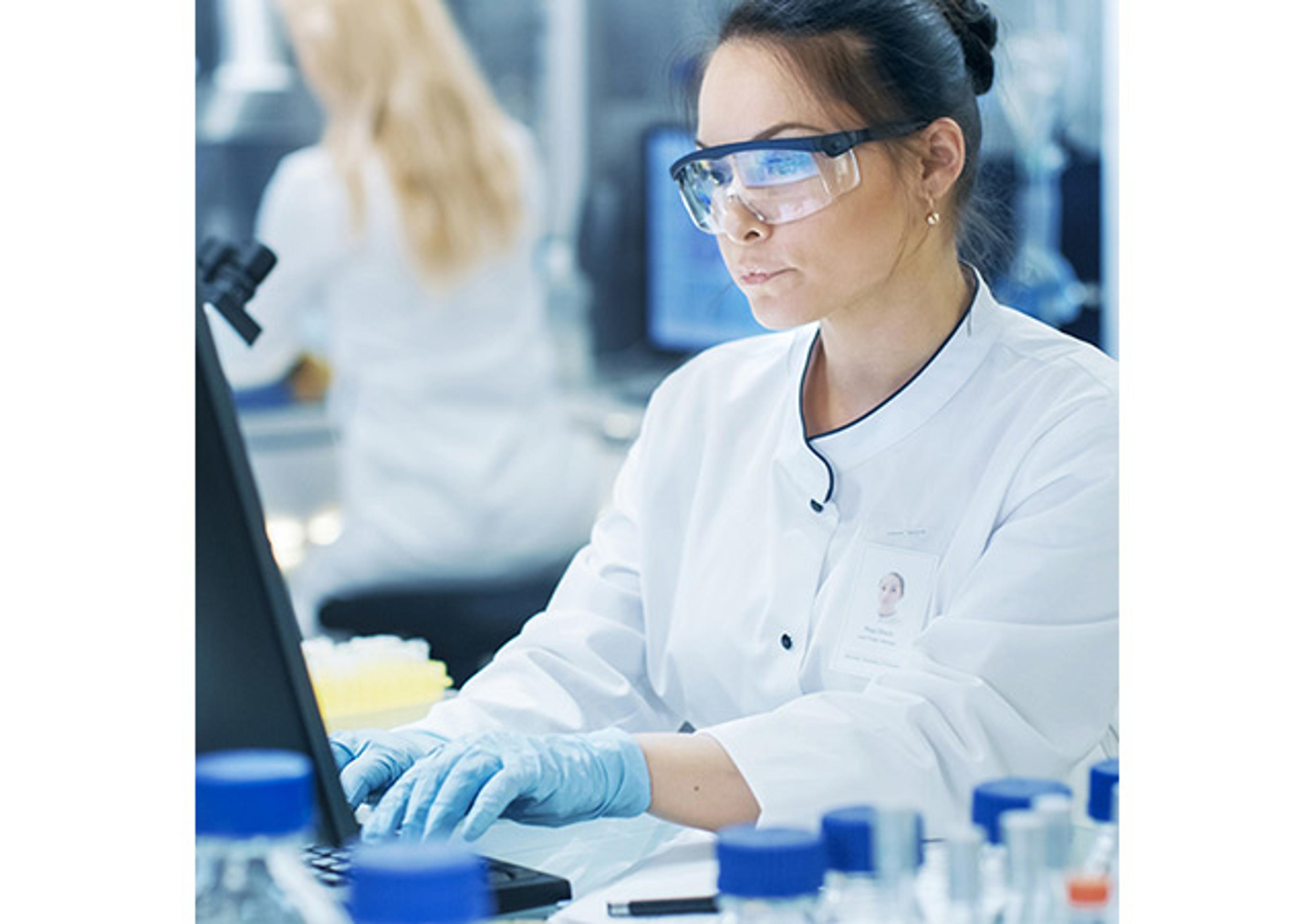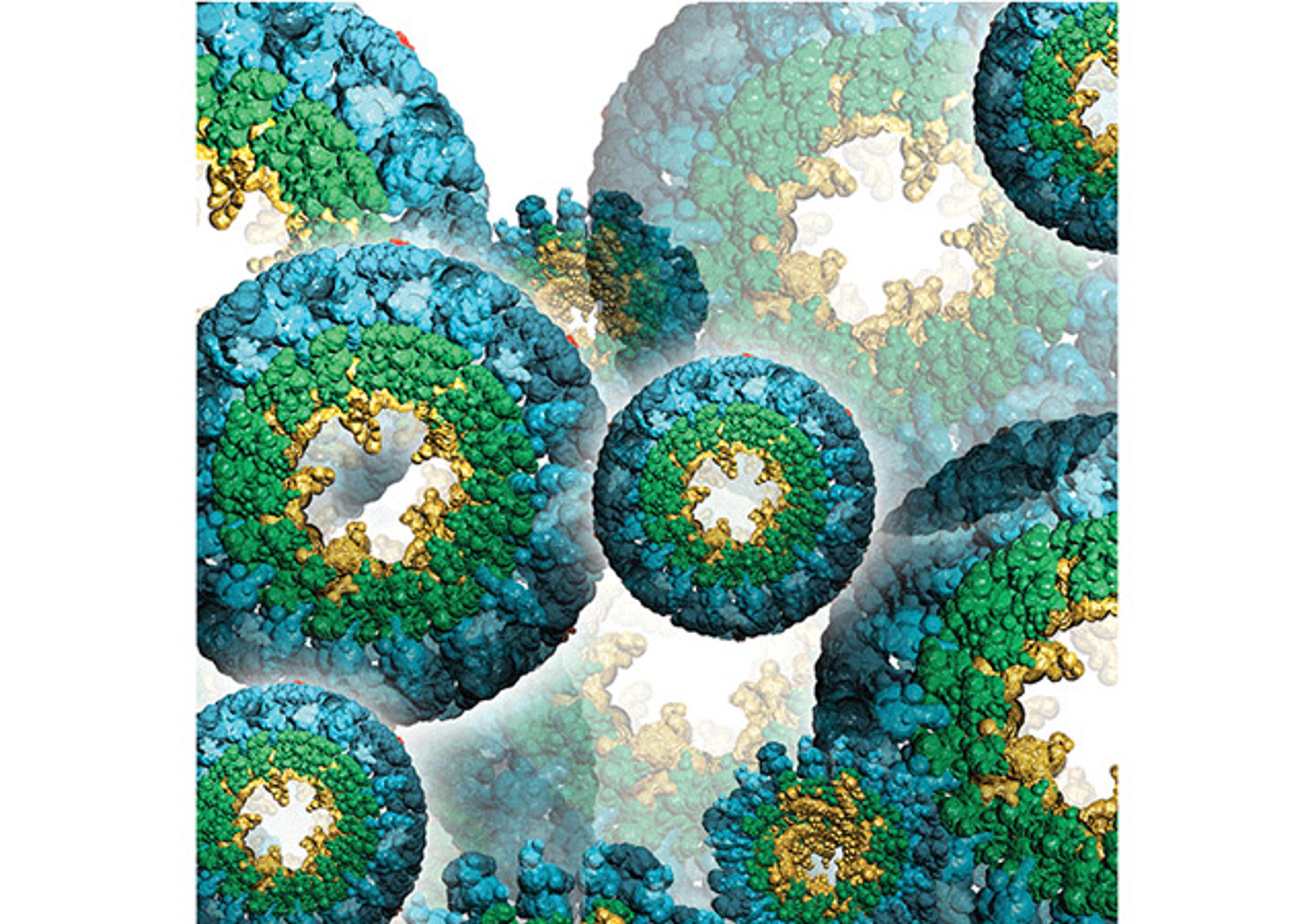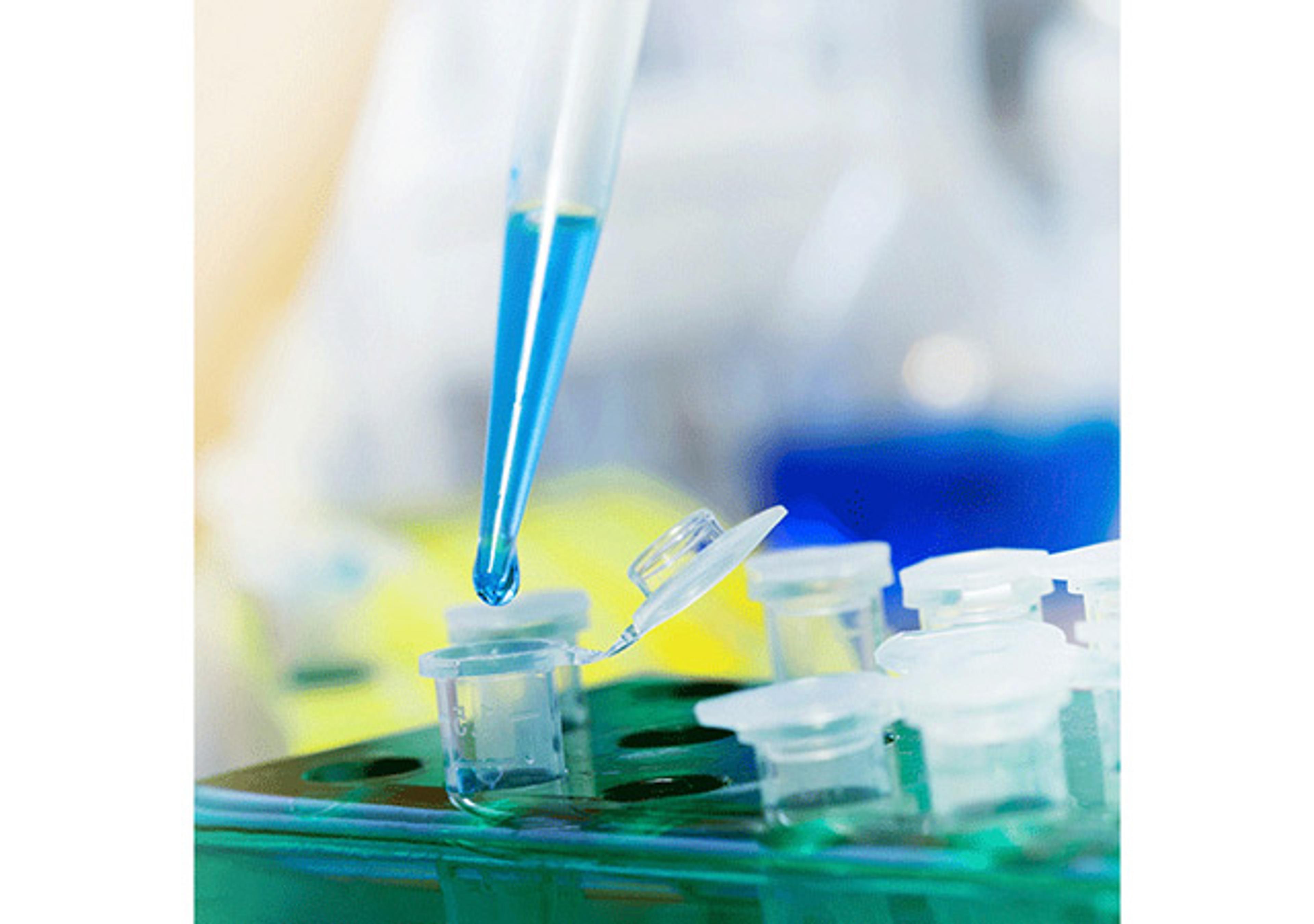Model 400A Series Time-Resolved Electrochemical Quartz Crystal Microbalance (EQCM)
The quartz crystal microbalance (QCM) is a variant of acoustic wave microsensors that are capable of ultrasensitive mass measurements. Under favorable conditions, a typical QCM can measure a mass change of 0.1-1 ng/cm2. QCM oscillates in a mechanically resonant shear mode under the influence of a high frequency AC electric field which is applied across the thickness of the crystal. Figure 1b shows an edge view of a QCM crystal…
The supplier does not provide quotations for this product through SelectScience. You can search for similar products in our Product Directory.
The quartz crystal microbalance (QCM) is a variant of acoustic wave microsensors that are capable of ultrasensitive mass measurements. Under favorable conditions, a typical QCM can measure a mass change of 0.1-1 ng/cm2. QCM oscillates in a mechanically resonant shear mode under the influence of a high frequency AC electric field which is applied across the thickness of the crystal. Figure 1b shows an edge view of a QCM crystal that is undergoing the shear distortion from the oscillation. The central portions of the top and bottom sides of the crystal are coated with a typically disk-shaped thin film of gold or other metals.
where f0 is the resonant frequency of the fundamental mode of the crystal, A is the area of the gold disk coated onto the crystal, r is the density of the crystal (= 2.684 g/cm3), and m is the shear modulus of quartz (= 2.947 x 1011 g/cm.s2). Using a crystal with a 7.995-MHz fundamental frequency (as used in our measurements) as an example, a net change of 1 Hz corresponds to 1.34 ng of materials adsorbed or desorbed onto the crystal surface of an area of 0.196 cm2.
QCM and the combination of QCM with electrochemistry (EQCM) have been widely employed for the determination of metals deposited onto the crystal, studies of ion-transport processes in polymer films, biosensor development, and investigations of the kinetics of adsorption/desorption of adsorbate molecules. In EQCM experiments, the measurements of the various electrochemical parameters, such as potential, current and charge at the working electrode, and the acquisition of the corresponding frequency change, can be conducted simultaneously with the experimental setup shown in Figure 1a. For any model in the CHI400A series, the application of a specific potential waveform (e.g., triangular potential waveform for cyclic voltammetric experiments), as well as subsequent current measurements and the frequency counting, was carried out with a potentiostat/frequency counter, in turn controlled by a computer.

